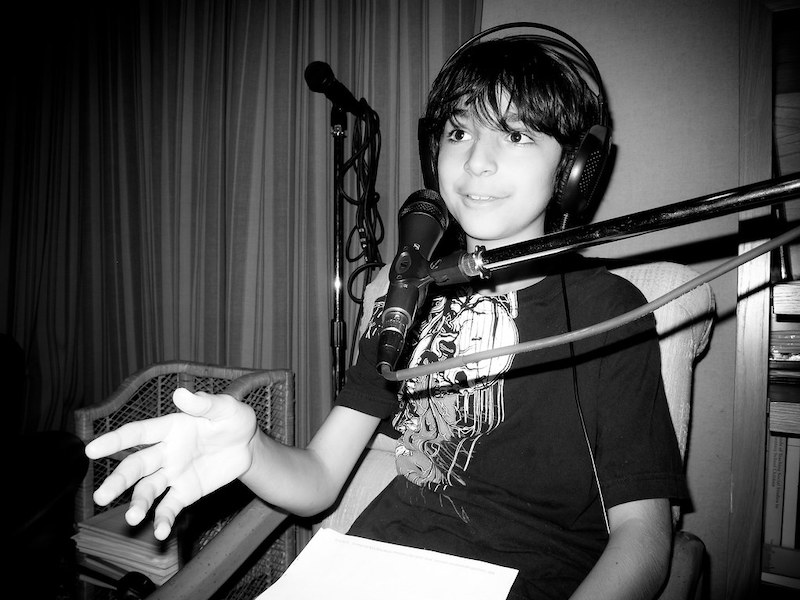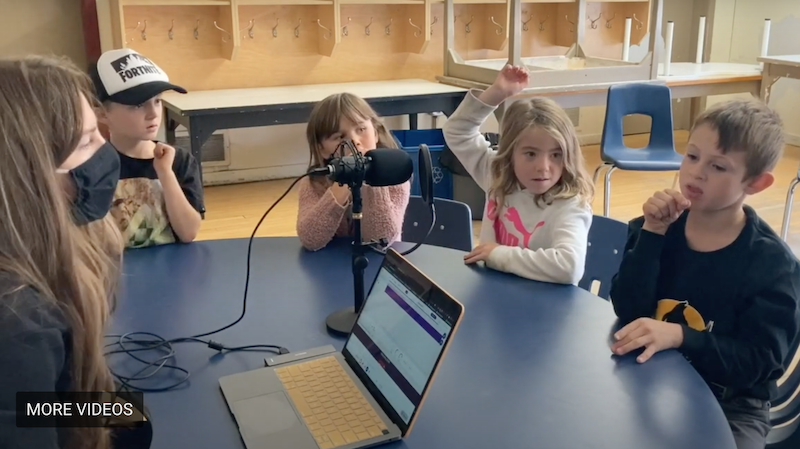Podcasting with Your Students
Podcasting at first might seem really daunting, but it’s actually super easy.
Daniel Wang, 2020 winner of The New York Times Annual Student Podcast Contest
Why Podcast with your Students?
Podcasting with our students is a wonderful cross-curricular activity, as it facilitates teamwork, creative thinking and development, communication skills, and media production skills. In addition, if done properly, it teaches students about Copyright, Creative Commons and the Public Domain when sourcing imagery and sound files to add to their productions. And no matter the subject matter being explored through the podcast, it allows students to hone their writing and presentation skills.

With the advent of mobile technologies in the classroom, in our homes, and in our pockets and backpacks, podcasting has become increasingly easy and accessible for students to do, and with the focus being on audio, it allows students to create with the anonymity of not being seen, leading to fewer safety concerns in sharing online via this mode of media. Having said that, as with any online media creation, being conscious of safety and sharing safety concerns should be discussed with students at the outset of the project. Therefore, we explore and discuss safety in greater depth in the featured topic below.
Approaches to Podcasting in the Classroom
In terms of format, podcasting is something you may wish to do as a full class activity (as Kendall Johnson demonstrates in the Case Study with her class), as a group project or even an individual project to explore everything from works of fiction, to a means of research, to sharing factual findings. To discover some of the ways in which educators are doing this, and share your own ideas, visit the student podcast exemplar below.

Teaching Students How to Podcast
As for the nuts and bolts of teaching your students to podcast, the following three lessons (Podcast Pre-Production for Students, Podcast Production for Students, and Podcast Post-Production for Students) are designed to do just that – to teach students how to create their own podcasts, in language directed to them. Feel free to direct your students to these lessons or repurpose and remix them to meet your students’ needs.
Additional Resources
For those of you that want to go deeper into both the possibilities that come with podcasting with your students, and to be blown away by some examples of student podcasts, take a listen to The New York Times Learning Network webinar below. In this webinar, they talk about the advantages of teaching students how to produce their own podcasts and about their Annual Student Podcast Contest, that is aimed to inspire teachers to start encouraging podcast production with their students.
Why not get your students involved in a podcast challenge? Below are links to both The New York Times Learning Network’s challenge and that of NPR:
